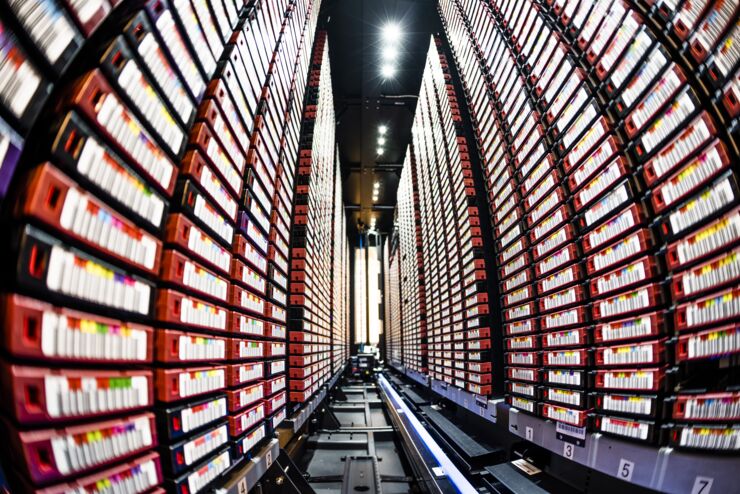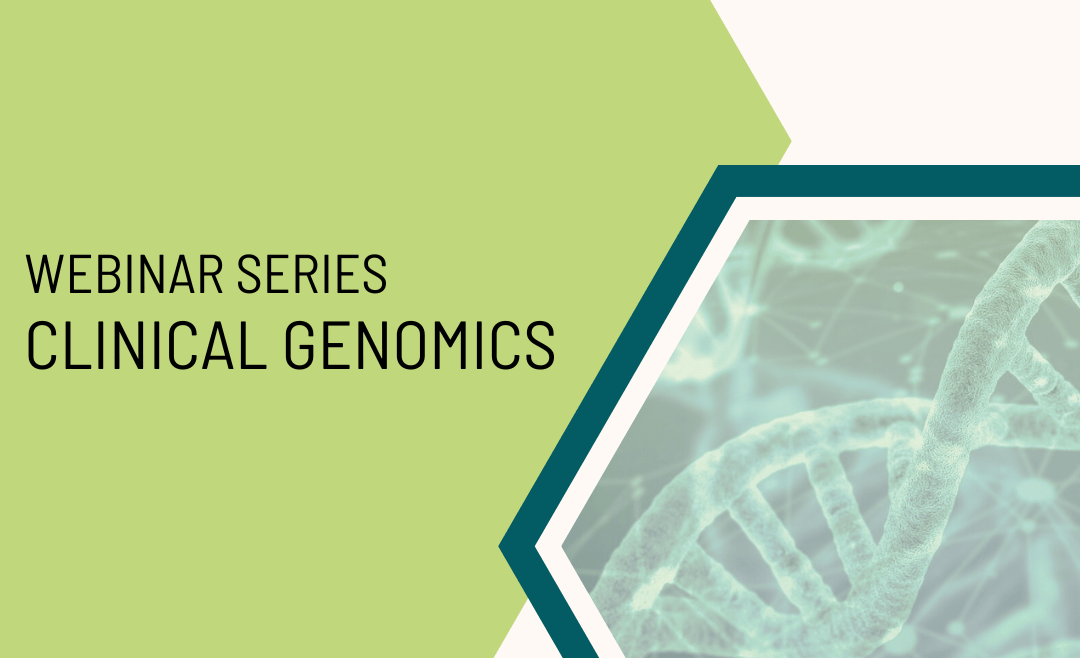Computational Methods in Evolution and Biodiversity
September 21 @ 09:00 – 17:00 CEST
This symposium and workshop will showcase the latest computational methods for analysing big data in evolution and biodiversity and provide an opportunity for participants to gain hands-on experience in these methods. Two keynote speakers will discuss a) new advances in using image recognition to analyse biodiversity and b) population genomics approaches to understand the effects of climate adaptation on genetic diversity. In addition, there will be three parallel computer workshops focused on the application of computational and machine learning methods to genome variation and biodiversity data. Participants should bring their own computers to join these workshops. This symposium is organised by the DDLS Evolution and Biodiversity expert group in conjunction with the SciLifeLab summit on Genomics of Biodiversity and Evolution.
Post-symposium material from the Workshops
We have the workshop leaders’ permission to share links to the material for the workshops in the DDLS symposium Computational Methods in Evolution and Biodiversity. Feel free to do tutorials from the other workshops than the one you attended.
Tobias Andermann’s workshop (slides, tutorial, and data): https://github.com/tandermann/ai_workshop
Per Unneberg’s workshop: https://percyfal.github.io/workshop-biodiversity-summit/lab/index.html
Marcin Kierczak’s workshop: https://github.com/mkierczak/autoencoders_workshop
Program
| 09:00 | Welcome and introduction |
| 09:10 | Challenges in Fine-Grained Image Analysis. Keynote speaker: Serge Belongie, Pioneer Center for AI, Denmark |
| 09:50 | Computational methods give insight into paradigms and paradoxes in landscape genomics. Keynote speaker: Katie E. Lotterhos Northeastern University, USA |
| 10:30 | Coffee |
| Introduction to Workshop x 3 | |
| 11:00 | Looking at population structure from a machine learning perspective, Marcin Kierczak |
| 11:25 | Neural Networks for biodiversity research: challenges and opportunities, Tobias Andermann |
| 11:50 | Inference of ancestral recombination graphs for population genomics, Per Unneberg |
| 12:15 | Lunch |
| 13:30 | Workshop x 3; parallel sessions: Room P232, P224, P216. (Guidance on site) |
| From PCA to Generative Deep Learning Models for better understanding population structure, Marcin Kierczak | |
| Building your own customized neural network model (bring your own data if you want), Tobias Andermann | |
| Introduction to whole genome tree sequence inference with tsinfer, Per Unneberg | |
| 17:00 | End of Day |
Challenges in Fine-Grained Image Analysis
Fine-grained image analysis (FGIA) is a longstanding and fundamental problem in computer vision and pattern recognition, and underpins a diverse set of real-world applications. The task of FGIA is concerned with visual objects from subordinate categories, e.g., species of birds or models of cars. The small inter-class and large intra-class variation inherent to fine-grained image analysis makes it a challenging problem. Capitalizing on advances in deep learning, in recent years we have witnessed remarkable progress in deep learning powered FGIA. In this talk we review representative examples in the context of recognition, retrieval, and generation/synthesis. In addition, we also review other key issues of FGIA, such as publicly available benchmark datasets, related domain-specific applications, and connections with other modalities including text and audio. We conclude by highlighting several research directions and open problems.
Computational methods give insight into paradigms and paradoxes in landscape genomics
Predicting organisms’ vulnerabilities to rapid and multivariate climate change is a major scientific challenge. A hurdle to addressing this challenge arises from evolution in multivariate environments. This talk will highlight how adaptation in multivariate environments can lead to unexpected patterns at the alleles under selection, which has implications for the inference of the genetic basis of adaptation and for predicting vulnerability to environmental change.
Workshop
From PCA to Generative Deep Learning Models for better understanding population structure, Marcin Kierczak
The workshop will focus on looking at different ways of modelling and visualising population structure based on genomic kinship. Starting from more traditional approaches like PCs or MDS as a benchmark, we will build more complex deep learning-based models and discuss when such approach can be beneficial. Finally, we will see how deep learning can potentially be used to augment original input data with some artificially-generated individuals with desired pre-defined kinship relations. Throughout this workshop, we will be using Python and keras interface to Tensorflow.
Building your own customized neural network model (bring your own data if you want), Tobias Andermann
In this workshop we will cover some computational and data processing tools that will come in handy when working with neural network models. The workshop is focused on implementing your own custom-built neural network model for a chosen task. The provided examples will be from the field of biodiversity research, but you can apply the tools we cover during the workshop to problems in other research fields. In general this is an easy to follow and hands-on introduction to using neural network models. The workshop requires very basic familiarity with Python, as the model will be implemented using the Python tensorflow library.
Introduction to whole genome tree sequence inference with tsinfer, Per Unneberg
In this workshop, we will introduce tree sequence (a.k.a. ARG) inference using the tsinfer library. We will build tree sequences from input variation data and look at some applications and analyses using the resulting tree sequences. As the exercises will be performed in jupyter notebooks in Python, basic familiarity with Python is required.
Scientific Committee
- Fredrik Ronquist, NRM
- Tanja Slotte, SU
- Matthew Webster, UU
Data-driven Evolution and biodiversity
The DDLS subject area concerns research that takes advantage of the massive data streams offered by techniques such as high-throughput sequencing of genomes and biomes, continuous recording of video and audio in the wild, high-throughput imaging of biological specimens, and large-scale remote monitoring of organisms or habitats. This research subject area aims to lead the development or application of novel methods relying on machine learning, artificial intelligence, or other computational techniques to analyze these data and take advantage of such methods in addressing major scientific questions in evolution and biodiversity.
The research area Expert Group arranges symposia and workshops and welcomes interested to join the activities. More information about the research area Evolution and Biodiversity here.


